
Paddington travels to Peru to visit his beloved Aunt Lucy, who now resides at the Home for Retired Bears. With the Brown Family in tow, a thrilling adventure ensues when a mystery plunges them into an unexpected journey through the Amazon rainforest and up to the mountain peaks of Peru.
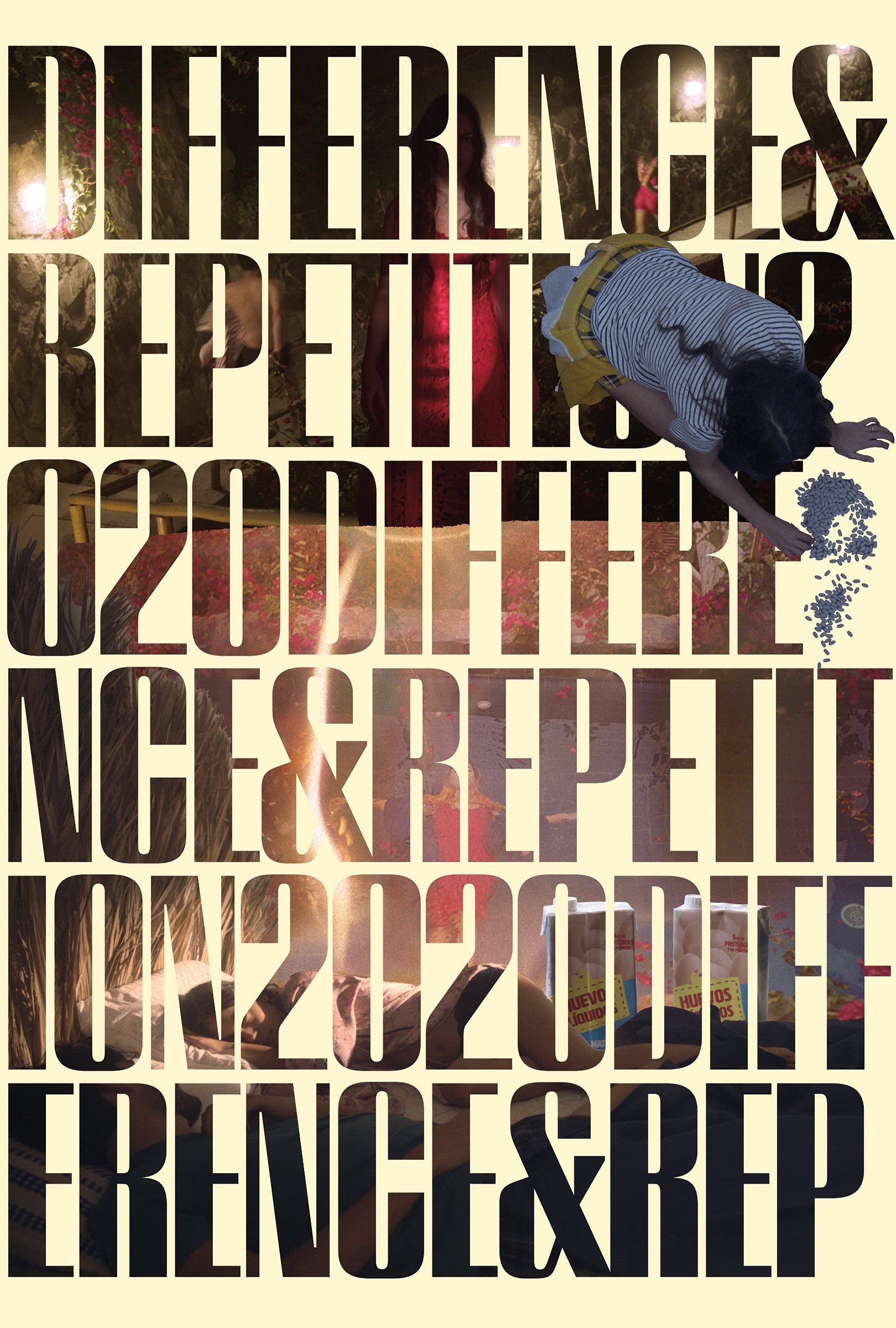
In March 2020, an Argentine woman flees New York with her Peruvian husband for his family’s empty beach house outside of Lima, whereupon an unplanned pregnancy precipitates the destruction of her marriage. In the present, she rips the moments of this narrative from their context, and reconstructs her story to reckon with her profound feeling of loneliness and the experience of time in which it has trapped her.

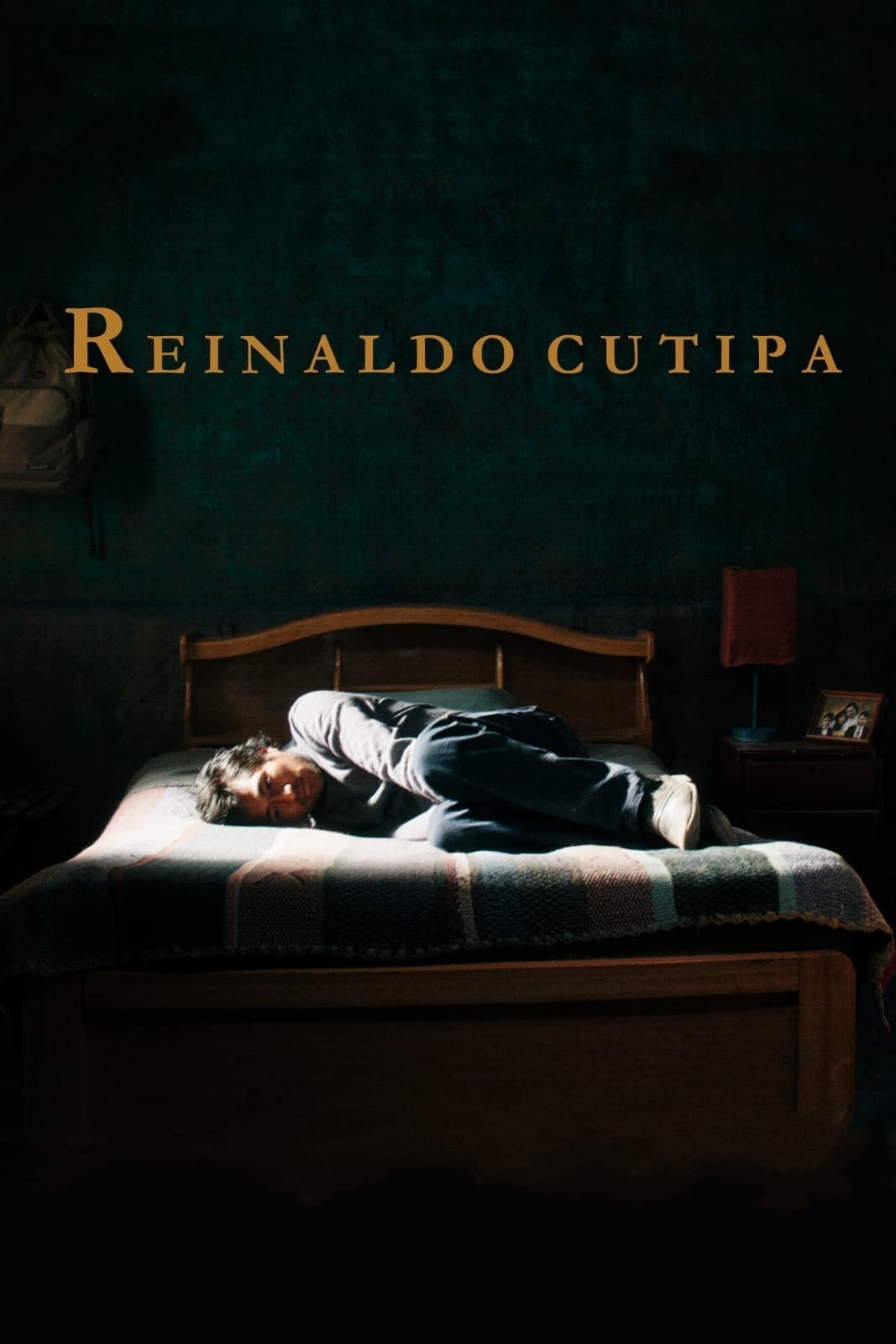
Reinaldo Cutipa lives with Matilde, his overprotective mother. When Reinaldo wants to go live with his girlfriend, Rosaura, Matilde is against it, triggering a chain of events that ultimately leads to a tragic crisis.

When a new threat capable of destroying the entire planet emerges, Optimus Prime and the Autobots must team up with a powerful faction known as the Maximals. With the fate of humanity hanging in the balance, humans Noah and Elena will do whatever it takes to help the Transformers as they engage in the ultimate battle to save Earth.

Ricardo and Jorge are two successful comedians in Peru, who are facing a lawsuit against the Peruvian State. In the middle of this situation, a boy appears saying that he is Ricardo's son, so now he must face the trial and the new life of his father, with Jorge.
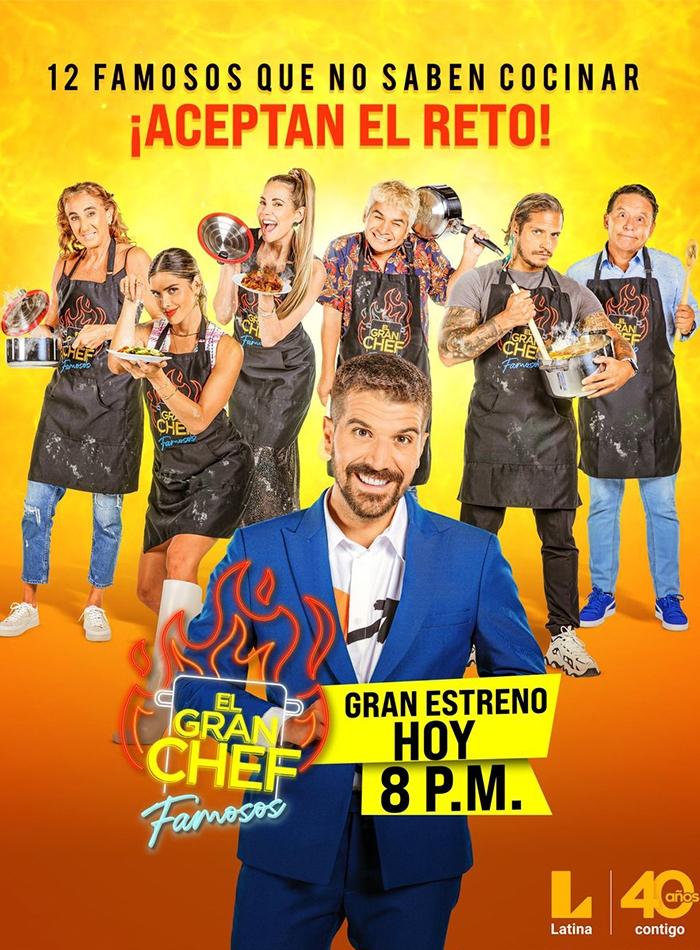
A variety of famous peruvian celebrities with no abilities in the kitchen join this cooking show with the intention of becoming the best chef among all of them.

A father of a family becomes involved in the crime of money laundering. Stressed by illegal businesses and the constant questioning of his wife, he will decide to take a break from the mafia, without knowing that it is impossible.
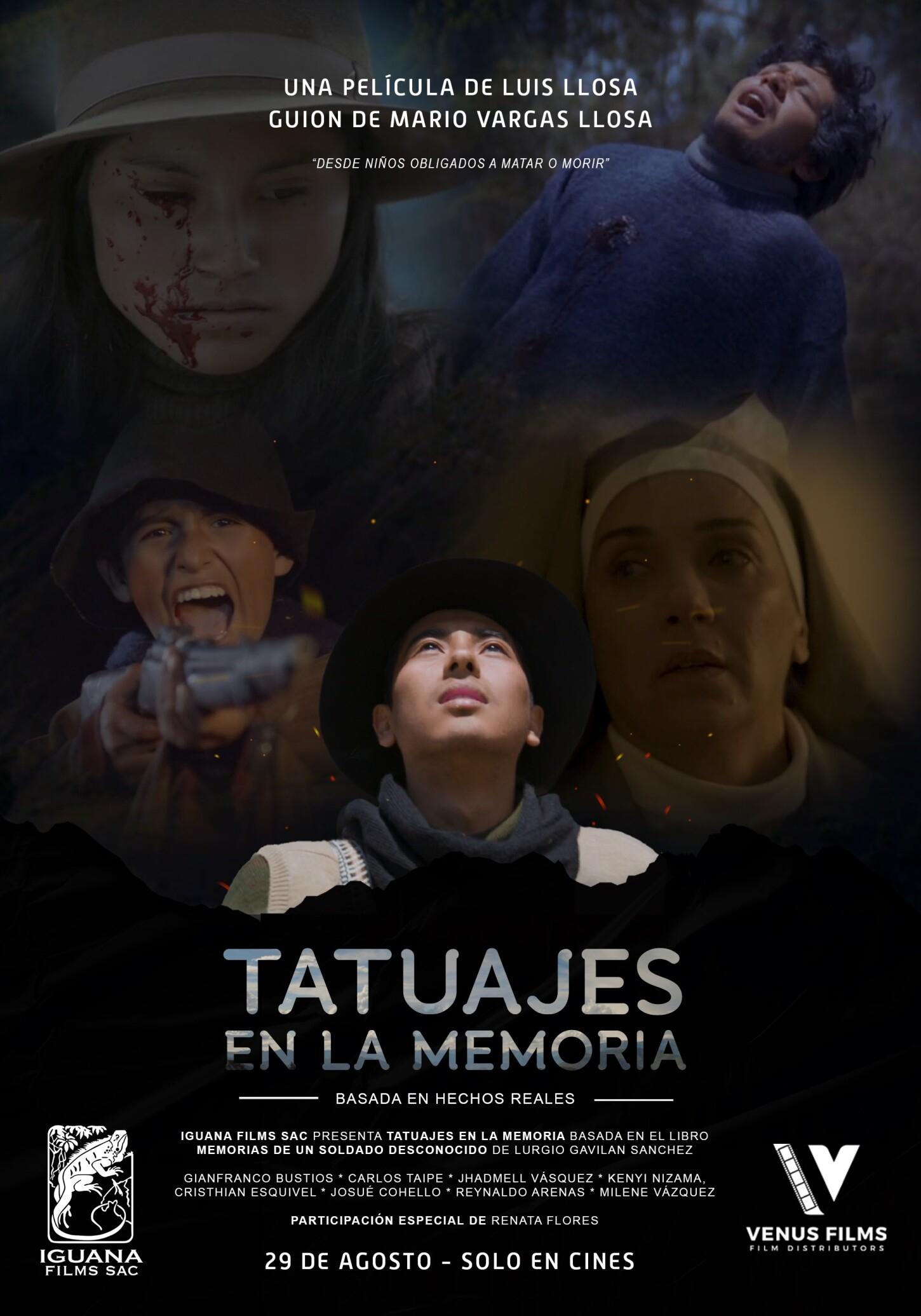
A boy from Ayacucho becomes an orphan and, following his older brother joins the Shining Path, where he is trained in violence. Captured by the Army, he finds a second chance as a soldier.
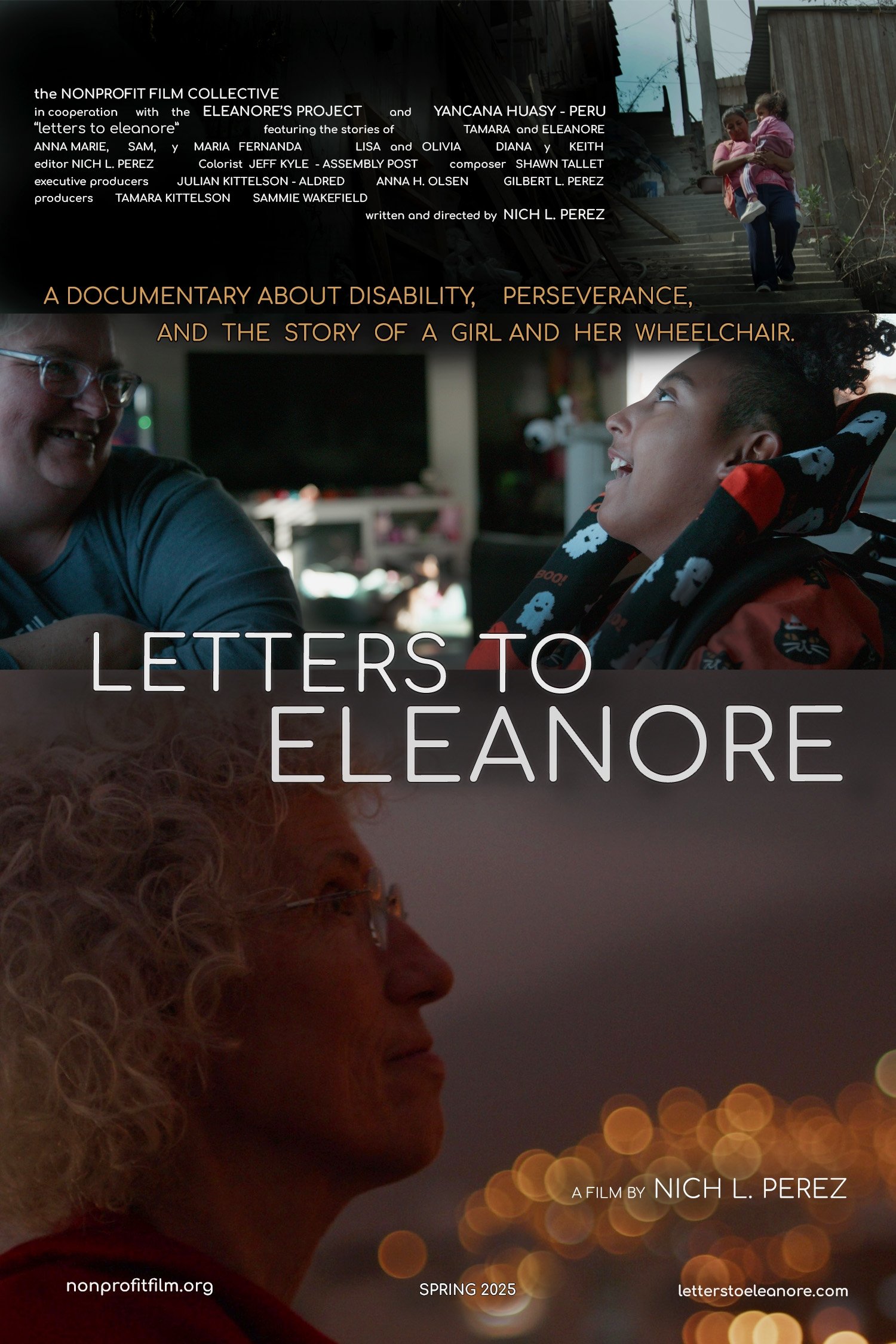
"letters to eleanore" is a poignant feature-length documentary that explores the intertwined journeys of two remarkable girls, Keith from Canto Grande in Lima, Peru, who bravely navigates life with cerebral palsy alongside her devoted mother, and Olivia from Litchfield, Minnesota, whose experiences highlight the stark contrasts in societal attitudes towards disability in their respective countries. As their narratives unfold, they are beautifully interwoven with the legacy of Eleanore and her family, whose life, untimely death, and the impact of her wheelchair ignited a powerful movement of hope for countless children and their families facing similar challenges. This film is not just a story of perseverance and love; it is a testament to the strength of community, brought to life through the collaborative efforts of volunteers, students, and communities across Peru and the United States, embodying a true grassroots style of storytelling that resonates with authenticity and compassion.
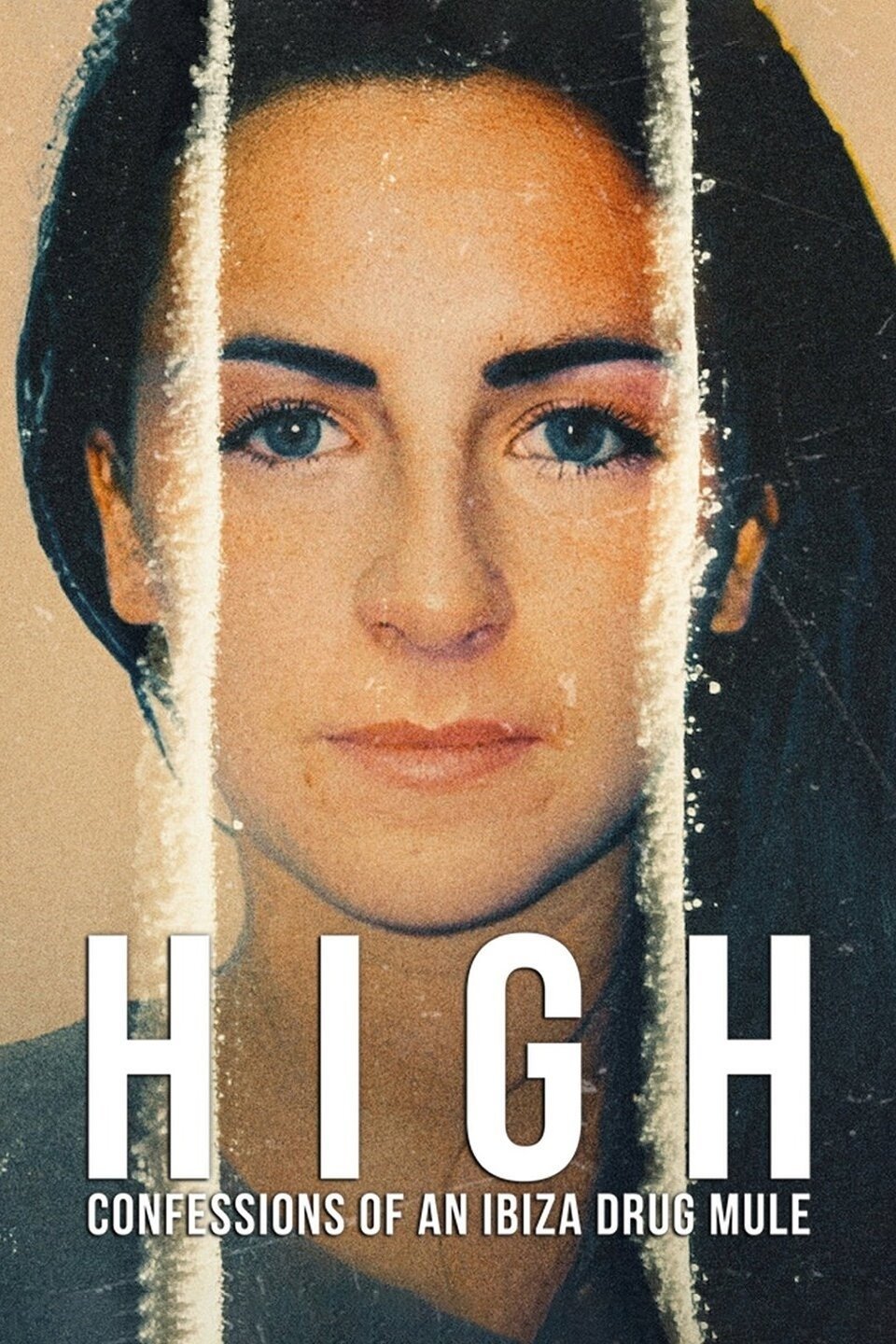
In 2013, Michaella McCollum from Northern Ireland and Melissa Reid from Scotland were caught at the Jorge Chavez International Airport in Peru trying to smuggle £1.5 million of cocaine into Spain. The pair, also known as the `Peru Two,' were sentenced to almost seven years in one of the most notorious prisons in the world. The series provides a first-hand account from Michaella, a former club hostess in the Spanish nightlife, as she traces her journey from arriving in the foreign country for her first holiday to her downward spiral into the illicit world of drugs and excess.

Raul and Soledad have been married for more than 27 years until she wants the divorce, but the national state of emergency prevents them. Despite not being able to stand another minute, both must continue to live together throughout quarantine under the same roof.
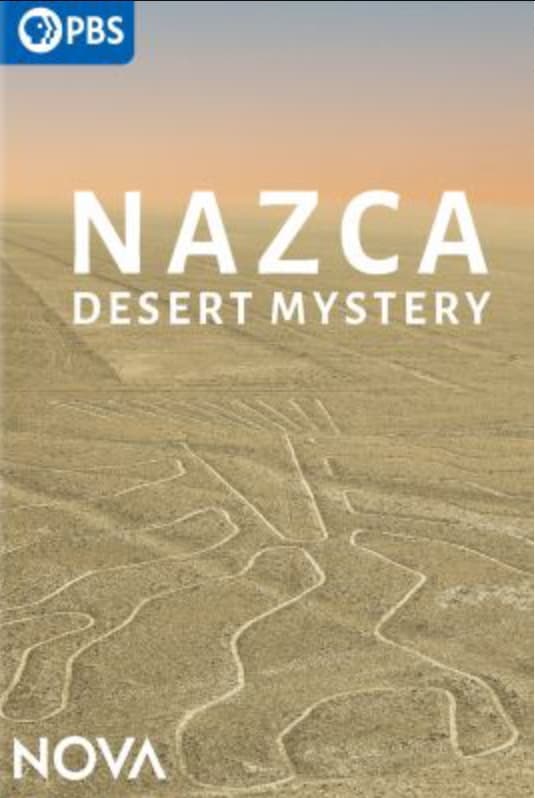
One of the world’s greatest ancient enigmas, the Nazca lines are a dense network of criss-crossing lines, geometric shapes, and animal figures etched across 200 square miles of Peruvian desert. Who created them and why? Ever since they were discovered in the 1920s, scholars and enthusiasts have raised countless theories about their purpose. Now, archaeologists have discovered hundreds of long-hidden lines and figures as well as evidence of ancient rituals, offering new clues to the origins and motivations behind the giant desert symbols.

Best friends Joel Dommett and Nish Kumar travel to locations across the globe to immerse themselves in the lives of the toughest, strongest, fittest people in the world.
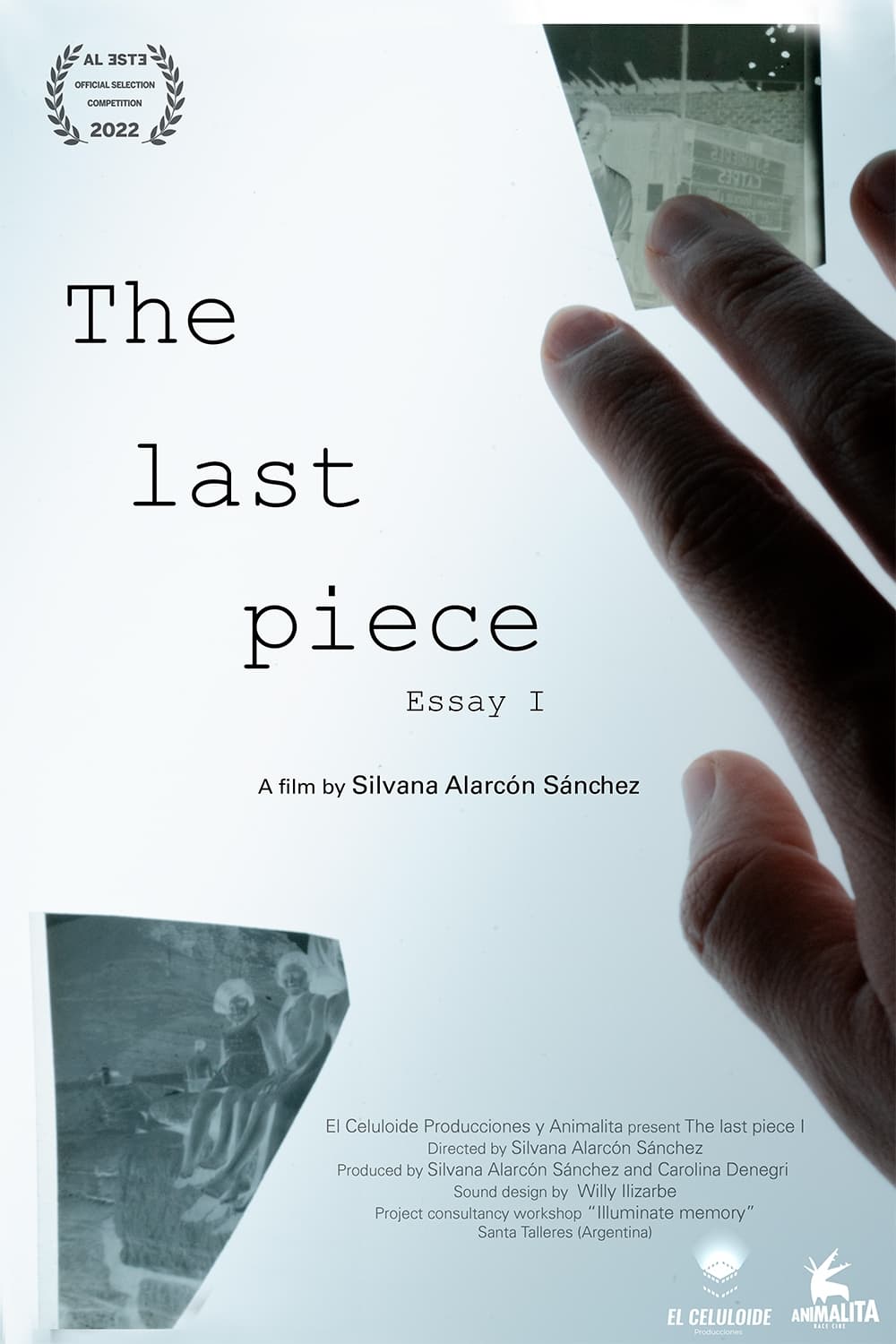
Disrupt, reject, destroy, avoid: At the interrupted rhythm of the broken photographs that a granddaughter has rescued from her grandfather’s hands, the last piece reconstructs the memory of an older man who has decided to leave behind his life impulses to surrender to sleep and calm. An essay on the act of joining our memories, the illusion of remembering and the freedom to forget.

Pussy Trash is an ex dancer now invalid that lives with "Grandpa" in their poor home. After finding a video of his youth he will try to find a way to dance again despite his limitations.
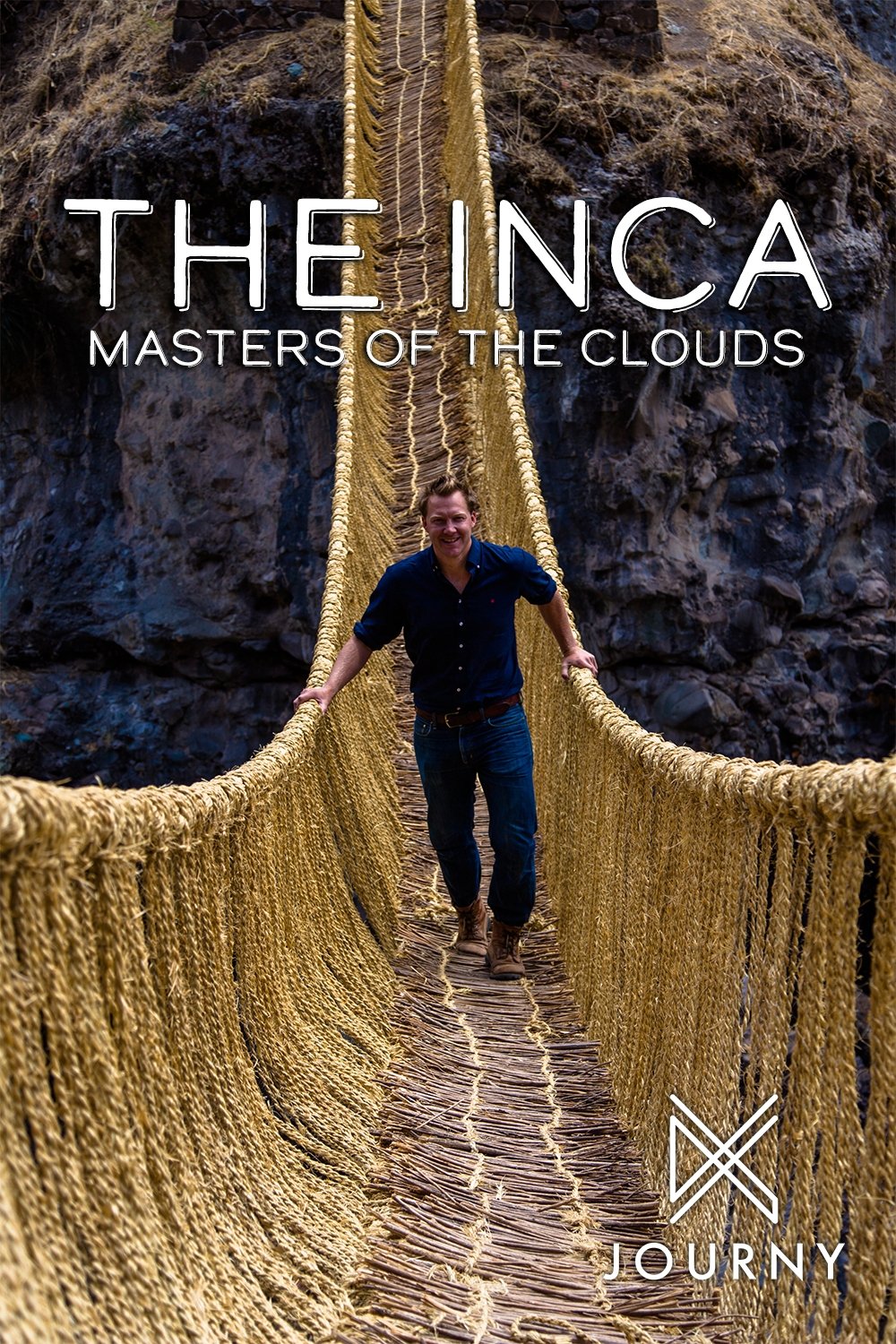
Dr Jago Cooper travels through Peru and Ecuador to reassess the origins, accomplishments and nature of one of the greatest empires the world has ever seen.
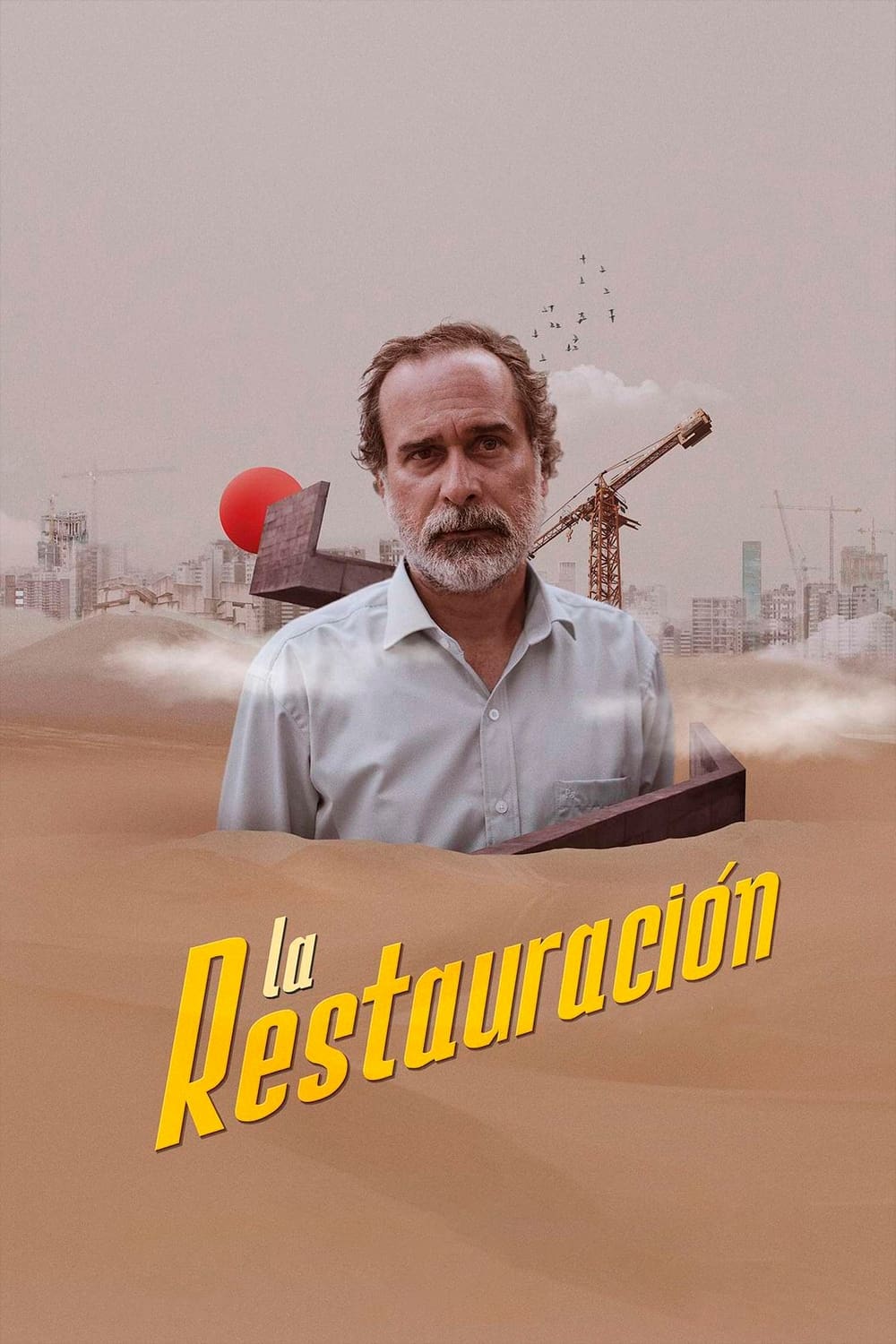
Tato just moved back home penniless. He decides to sell his bedridden mother’s house. Now he must build a replica of his mother’s bedroom to create the illusion that she is still in her home.
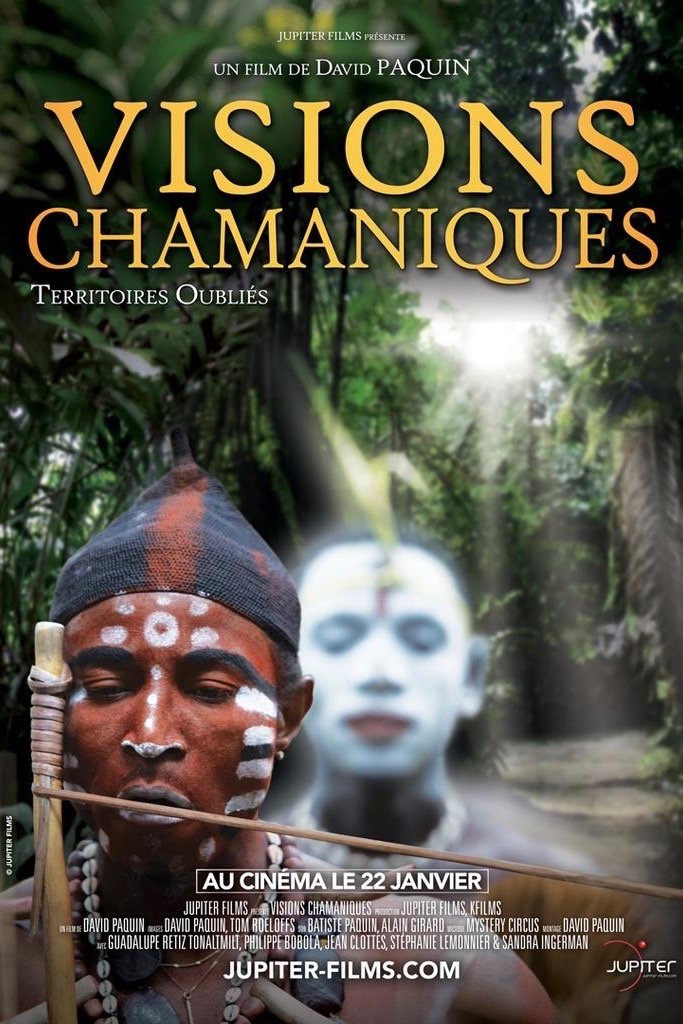
This film is an initiatory journey among the Fangs of Gabon and the Shipibos of Peru. With the sound of traditional instruments like the mogongo (arc in the mouth), the holy harp, and the Icaros, we discover the traditional peoples’ wisdom.

The Sacred City of Caral or Caral-Supe is the capital of the Norte Chico Civilization of Supe located in the Supe Valley, 200 km (124 miles) north of Lima. The Sacred City of Caral is the earliest known civilization in the Americas, it dates to the Late Archaic period. Radiocarbon analysis performed by the Caral-Supe Special Archaeological Project (PEACS) dates its development between 3000 to 1800 B.C.. It is believed that this civilization started by the merging of small villages based on trade of agricultural and fishing products. Its importance rests on the success of techniques of domestication of cotton, beans, potatoes, chilis, squash among other products. Success in agriculture was due to the development of water canals, reservoirs and terraces. They used guano, bird excrement, and anchovies as fertilizer.

In a remote Peruvian city, lives Honorata Vilca, an illiterate woman of Quechua descent who sells candies more than 20 years ago, with the rain will cry to the sky itself.

By browsing this website, you accept our cookies policy.